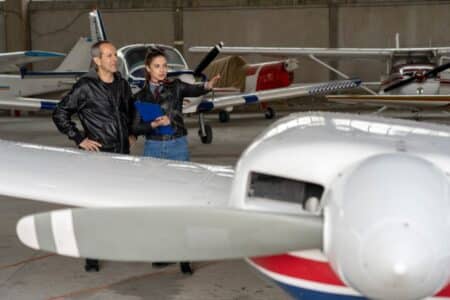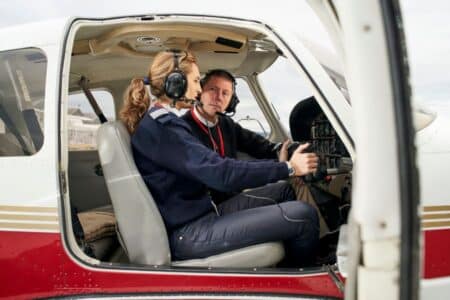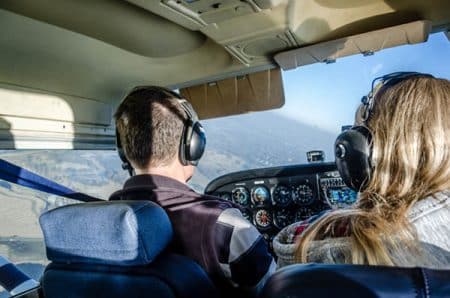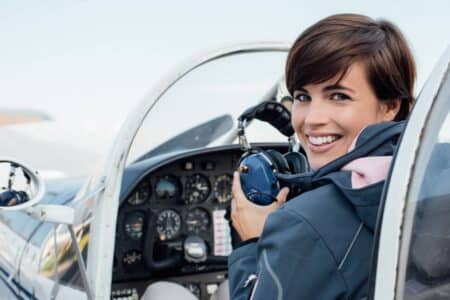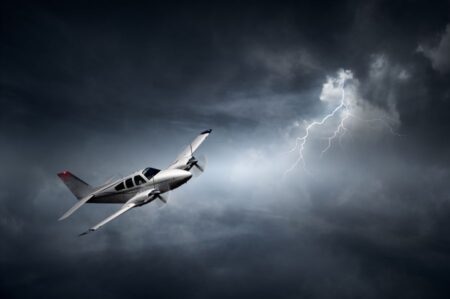If you’re exploring the world of aviation and contemplating whether a flight simulator can genuinely teach you how to fly, the answer is yes. Worldwide, flight simulators are integral to pilot training, offering a safe and controlled environment to replicate various flying conditions and aircraft models. However, like any tool, they do have limitations.
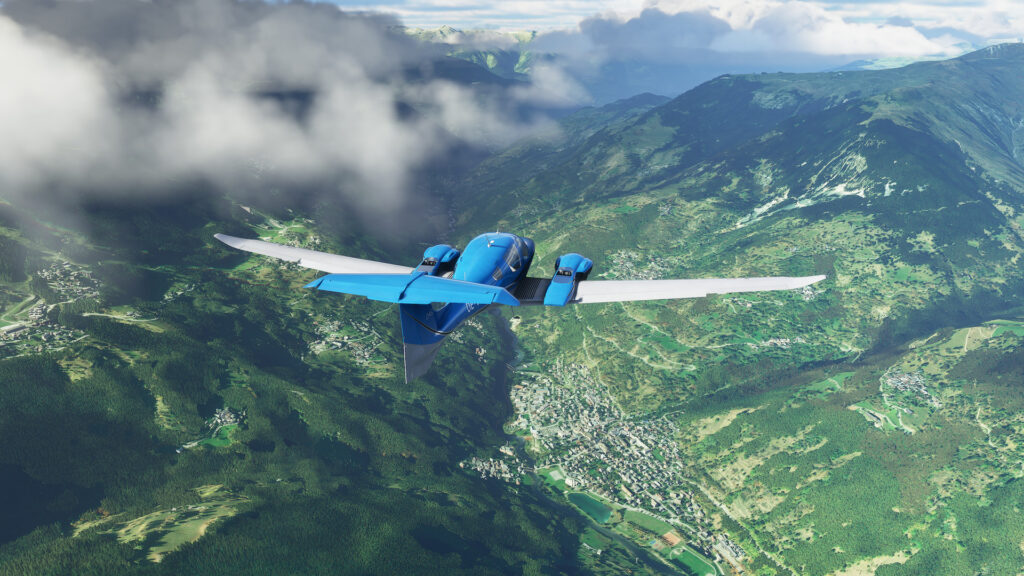 Microsoft Flight Simulator
Microsoft Flight Simulator
The Benefits of Flight Simulators
Flight sims serve as an indispensable tool in training pilots. Actual flying conditions are not always safe or feasible for teaching specific skills or manoeuvres. For instance, training pilots to handle high turbulence or varied weather conditions might be impractical or risky in the real world. Simulators can replicate these circumstances, offering pilots hands-on experience safely.
Additionally, simulators help pilots familiarize themselves with aircraft controls, navigation, and instruments. This experience is invaluable in building confidence and understanding of the complex systems pilots must manage during flights.
Limitations
While flight simulators offer many advantages, they cannot completely emulate the full flying experience. For instance, simulators are less effective in teaching ground operations, such as taxiing or parking an aeroplane. They also fall short in teaching pre-flight inspection and interpreting weather data, which require hands-on experience.
Radio communication, another crucial aspect of flying, is best learned through actual interactions in the cockpit, something that simulators cannot provide.
Lastly, the dynamics involved in take-offs or the visceral sensation of flight cannot be fully replicated in a simulator.
Flight Simulators in Training and Practice
Flight sims have become a standard part of modern flight training. Major airlines and flight schools employ them extensively to supplement real-world flying experience. Full-motion simulators, for instance, offer pilots realistic flight training.
Flight simulators can also count towards flight time under certain conditions, such as the presence of an instructor or inspector and when using an FAA-certified simulator. However, this has limitations, as nearly every FAA rating requires actual flight hours.
Top Flight Sim Options
Microsoft Flight Simulator and X-Plane are the most common home-based flight sims. They are celebrated for their high-quality design and numerous features, offering a highly accurate flying experience.
There is a reasonably comprehensive guide on the X-Plane forum, which also covers MS Flight Simulator.
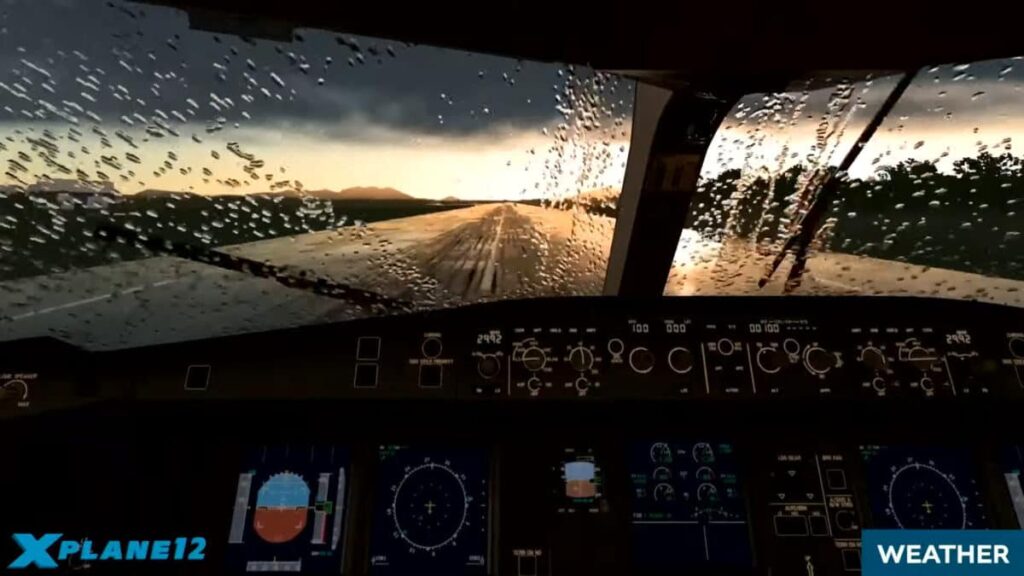 X-Plane
X-Plane
Flight Simulators for Experienced Pilots
Even seasoned pilots frequently use flight simulators for recurrent training, proficiency checks, or training on new aircraft. Cockpit Procedures Trainers (CPT), for instance, allow pilots to hone their ability to perform basic cockpit procedures. Simulators can replicate flying conditions for any aircraft, proving beneficial for ongoing learning.
In conclusion, flight simulators play a vital role in learning how to fly by providing safe and controlled environments to replicate diverse flying conditions. While they cannot wholly replace the real-life experiences of take-off, landing, or taxiing, they remain crucial in flight training. Both budding pilots and experienced aviators regularly use flight simulators to refine their skills and maintain their certifications.
